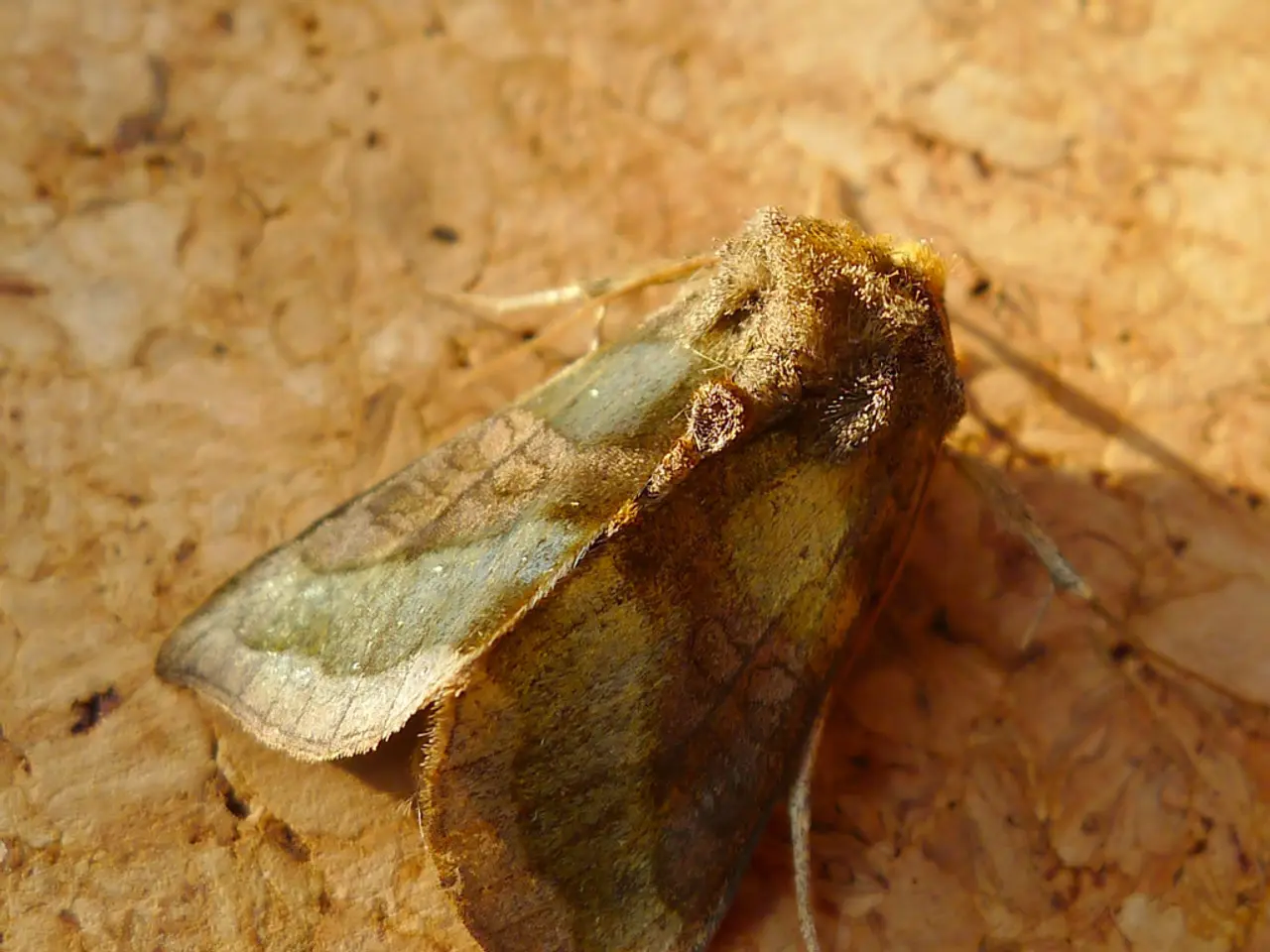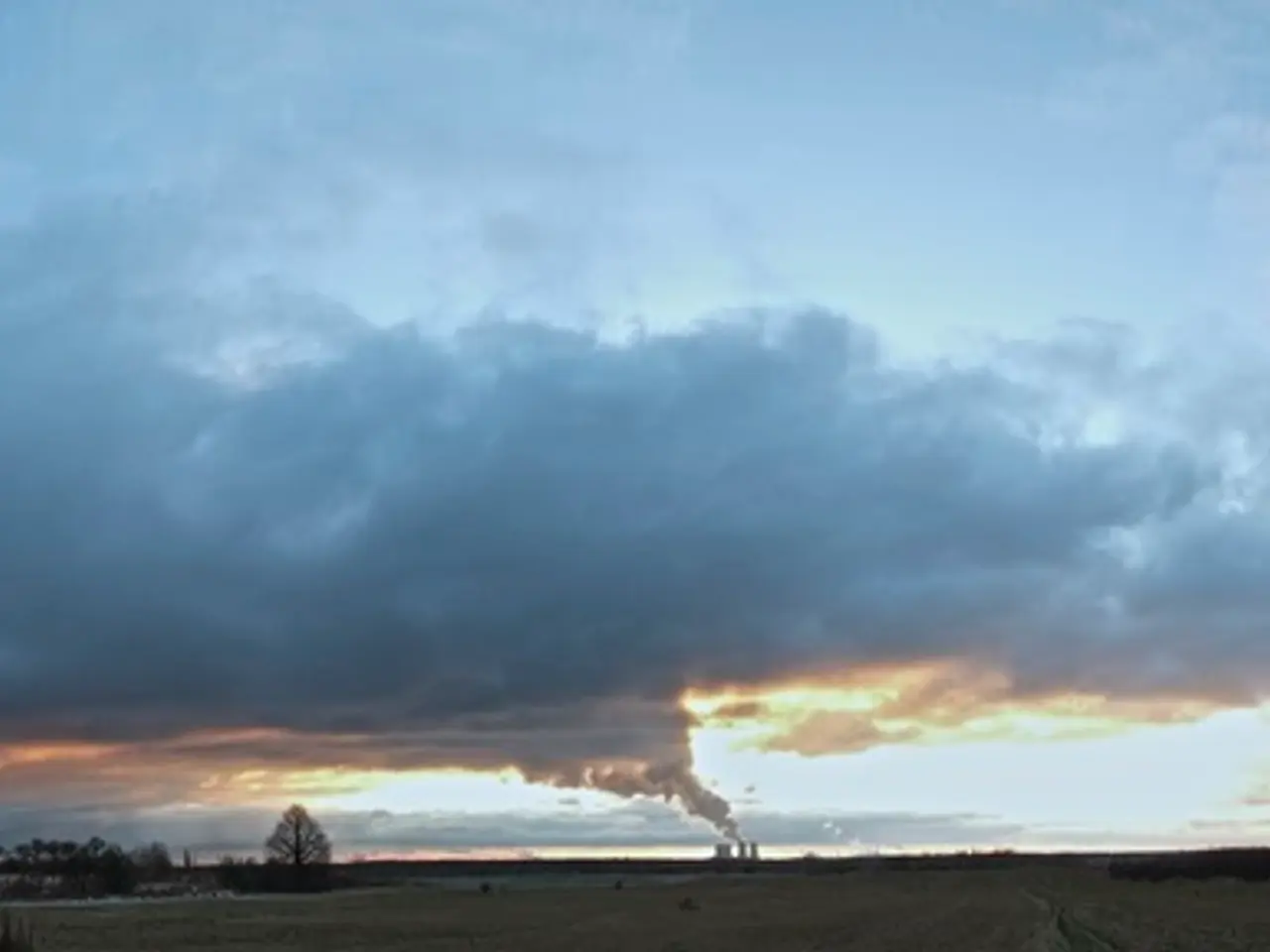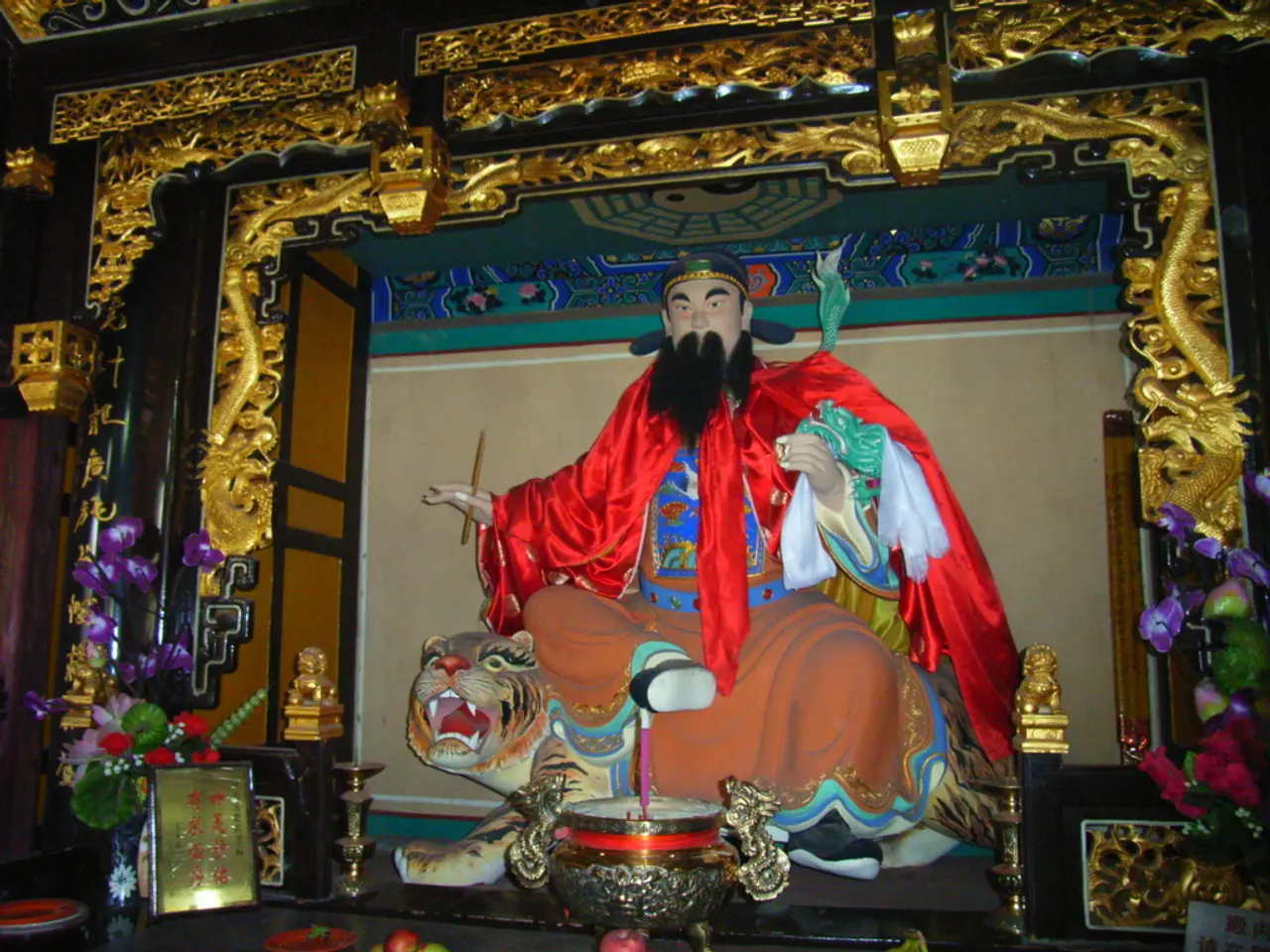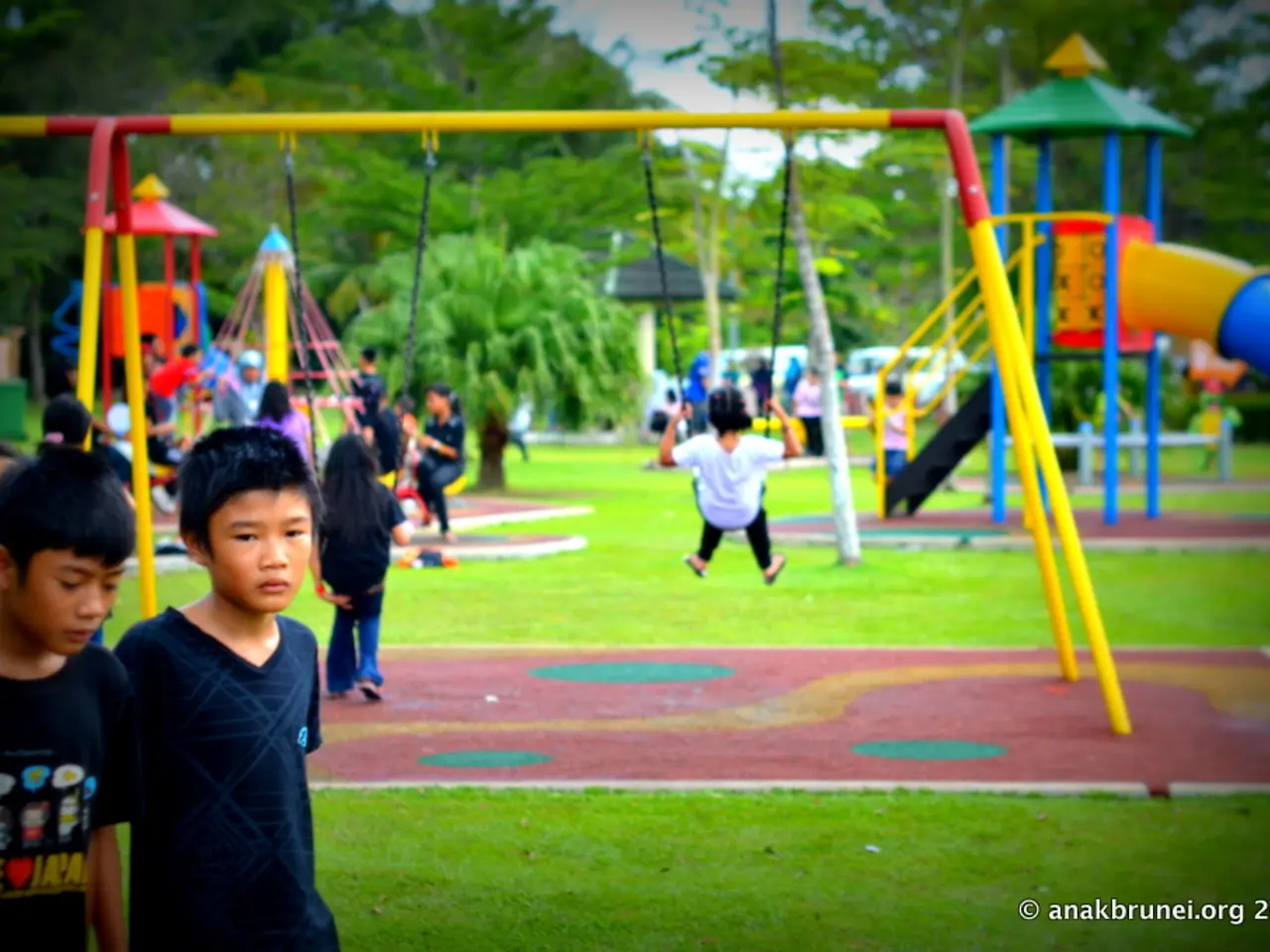Researchers and children collaborating side by side
The Ahi Pepe MothNet project, a part of the Curious Minds initiative funded by the Ministry of Business, Innovation and Employment, is a nationwide endeavour that invites the public to participate in monitoring and researching New Zealand's native moths [1][3].
This unique project is supported by various organisations, including Manaaki Whenua - Landcare Research, Te Kura Kaupapa Māori o Ōtepoti, Te Rūnanga o Ngāi Tahu, Te Tumu, University of Otago, Department of Geography, University of Otago, Orokonui Ecosanctuary, Otago Museum, and New Zealand's Biological Heritage National Science Challenge [2].
The project employs internationally recognised moth-monitoring techniques and standardised equipment and reporting to answer its question: Does vegetation restoration restore moth diversity? [4] This question is further refined to investigate whether vegetation restoration restores ecosystem connections [5].
The methodology involves the use of Heath moth traps to attract and trap moths for observation and data collection. Citizen scientists are encouraged to actively monitor moth populations and report data on moth species, including their identification and behaviour [1].
The Ahi Pepe MothNet project has a strong focus on cultural relevance, looking at moths through a Maori lens, reflecting their whakapapa and their role in the ecosystem [6]. The project also aims to connect with mātauranga Māori (Maori knowledge) [7].
The project's science team follows a structured approach with five steps: a question, a treatment, a control, a response, and replication [8]. The team has also produced identification guides in te reo Māori and English: Puka Whakamārama o Te Pepe Nui - Beginners' Guide to Macro Moths [9].
The tamariki (children) of Te Kura Kaupapa Māori o Ōtepoti share their enthusiasm for moths, contributing to the project's educational outreach efforts [10]. Manaaki Whenua - Landcare Research provides extensive online resources to help groups joining the Ahi Pepe MothNet project [11].
The Ahi Pepe MothNet project received funding through Otago Science into Action, which was part of the Participatory Science Platform (PSP) pilot in Otago [3]. The government's national strategic plan for Science in Society, A Nation of Curious Minds - He Whenua Hihiri i te Mahara, was a government initiative jointly led by the Ministry of Business, Innovation and Employment, Ministry of Education, and Office of the Prime Minister's Chief Science Advisor [12].
Dr Barbara Anderson, the project's leader, has gained a Māori perspective through her work with students at Te Kura Kaupapa Māori o Ōtepoti [13]. Dr Anderson encourages everyone to get involved, stating, "If you get the opportunity, take it! The Ahi Pepe MothNet project is the best thing you're going to do" [14].
[1] Curious Minds [2] Ahi Pepe MothNet [3] Otago Science into Action [4] Participatory Science Platform [5] Manaaki Whenua - Landcare Research [6] Moths and Butterflies of NZ Trust [7] Forest & Bird [8] A Nation of Curious Minds [9] Te Kura Kaupapa Māori o Ōtepoti [10] Te Tumu [11] Orokonui Ecosanctuary [12] Otago Museum [13] New Zealand's Biological Heritage National Science Challenge [14] Office of the Prime Minister's Chief Science Advisor
- The Ahi Pepe MothNet project, a part of the government's strategic plan for Science in Society, A Nation of Curious Minds, aims to blend environmental-science with education-and-self-development, inviting the public to monitor New Zealand's native moths and connect with Maori knowledge.
- The project's science team, led by Dr Barbara Anderson, is not only focused on moth-research but also on fostering an interest in science through their published identification guides, such as Puka Whakamārama o Te Pepe Nui - Beginners' Guide to Macro Moths, which cover both te reo Māori and English.




